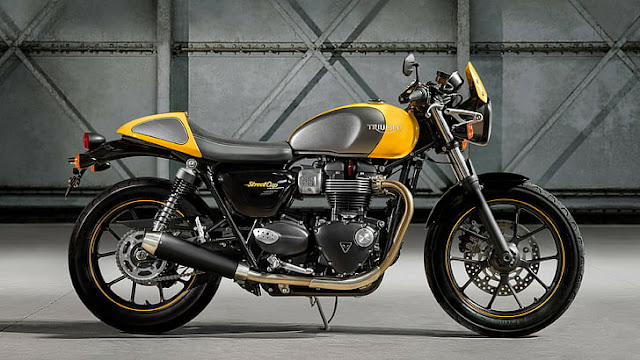Engine Operation 100CC
Internal Combustion Engine: The bike uses an internal combustion engine that operates on a four-stroke or two-stroke cycle.
- Intake: Air and fuel enter the combustion chamber.
- Compression: The piston compresses the mixture.
- Ignition: A spark plug ignites the mixture, causing an explosion that pushes the piston down.
- Exhaust: The exhaust gases are expelled.
Fuel System: Fuel is stored in a tank and delivered to the engine through a fuel system, which may include a carburetor or fuel injector.
Power Transmission
Transmission: The engine’s power is transmitted to the rear wheel through a transmission system, which may be manual (with gears) or automatic.
Final Drive: Power is transferred to the rear wheel, usually via a chain, belt, or shaft.
Control and Handling
Throttle and Brakes: The rider controls the speed using the throttle and slows down or stops with the brakes.
Suspension and Steering: The bike has a suspension system to absorb shocks and a steering mechanism for maneuvering.
Performance
- Speed and Efficiency: A 100 cc bike is generally lightweight, making it suitable for city commuting with decent fuel efficiency and manageable speed.
Overall, 100 cc bikes are popular for their affordability, ease of use, and fuel efficiency, making them great for beginners and urban riders. If you have specific questions about components or features, let me know!




Comments
Post a Comment